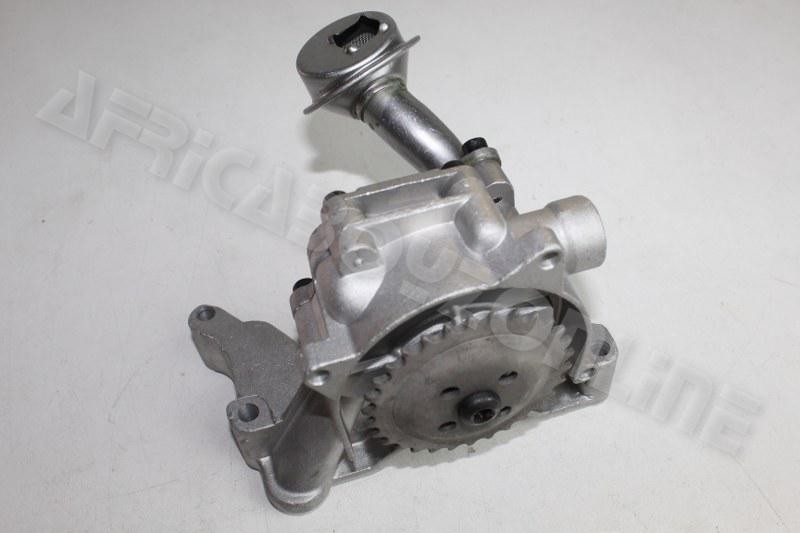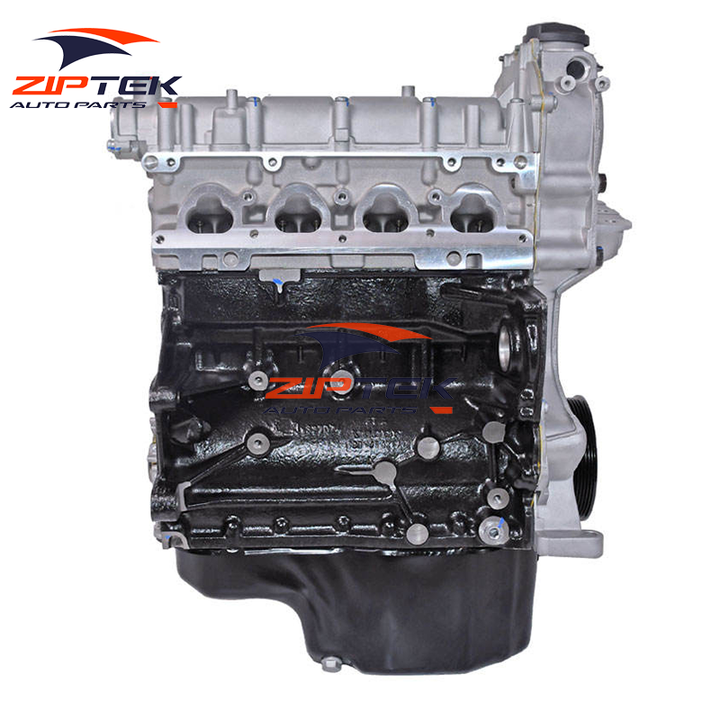How a Clp Engine Can Boost Efficiency in Numerous Industries
The development of CLP engines notes a significant shift in operational effectiveness throughout various markets, driven by their capacity to maximize fuel consumption and reduce downtime. As companies significantly focus on sustainability together with performance, the role of CLP engines comes to be also more vital.
Overview of CLP Engines
CLP engines, or Continual Liquid Propellant engines, stand for a considerable improvement in propulsion innovation, especially for space applications. These engines make use of a continual feed system that permits the sustained expulsion of propellant, bring about boosted efficiency and efficiency compared to conventional strong or hybrid propulsion systems. By keeping a continuous flow of fluid propellant, CLP engines can attain more specific thrust control, which is critical for steering spacecraft in different mission circumstances.
The layout of CLP engines integrates advanced products and innovative fuel monitoring systems. clp engine. This results in lowered weight and boosted integrity, vital factors for long-duration room objectives. The constant procedure reduces the threat of combustion instability, an usual challenge in traditional rocket engines.

Benefits in Manufacturing
The production of Continuous Liquid Propellant (CLP) engines presents several notable advantages that boost both performance and cost-effectiveness. Among the main benefits is the streamlined manufacturing procedure, which minimizes the complexity connected with traditional propulsion systems. By utilizing fluid propellant, makers can accomplish greater precision in engine efficiency, bring about enhanced energy output and lowered waste.
Furthermore, CLP engines help with a higher level of modularity, permitting easier assimilation right into various production lines. This versatility can substantially lower preparations and improve overall operational versatility. Using CLP modern technology additionally tends to decrease the requirement for comprehensive upkeep because of fewer relocating components, which translates into decreased downtime and operational prices.

Applications in Logistics
Leveraging Constant Liquid Propellant (CLP) engines in logistics provides considerable advantages in operational effectiveness and dependability. These engines supply a robust option for different transportation requirements, allowing the seamless movement of goods across large distances. The fundamental layout of CLP engines permits consistent power result, which converts right into smoother and a lot more predictable transportation schedules.
One of the vital applications of CLP engines in logistics remains in heavy-duty freight transport, where they can drive both ground and airborne lorries. Their capacity to preserve high performance under varying lots a fantastic read problems makes certain that distribution timelines are satisfied, consequently enhancing customer satisfaction. Additionally, CLP engines can be incorporated into automated logistics systems, helping with real-time tracking and maximizing path planning.
Moreover, the longevity of CLP engines lowers upkeep downtime, allowing logistics firms to optimize their operational capabilities. This is specifically helpful in warehousing operations, where performance in managing and delivering products is vital. As logistics continues to advance, the combination of CLP engines stands for a forward-thinking technique that not only enhances performance however also sustains the industry's expanding demands for dependability and rate.
Effect on Power Efficiency
Exactly How do Continuous Liquid Propellant (CLP) engines improve power effectiveness in transport? CLP engines utilize a constant circulation of liquid fuel, maximizing combustion procedures and keeping a steady thrust output. This design minimizes power losses connected with conventional combustion engines, where fuel shipment can differ and cause inefficiencies.
The constant procedure of CLP engines enables a more effective thermal cycle, causing higher particular impulse contrasted to standard engines. clp engine. This equates to lowered gas consumption for the exact same quantity of job done, significantly lowering operational expenses throughout numerous transport fields, consisting of aviation and maritime sectors
In addition, the try these out capacity of CLP engines to keep optimal performance under varying load conditions lowers the requirement for regular velocity and slowdown, additionally boosting gas performance. Boosted power performance not just adds to cost savings however likewise causes reduce greenhouse gas discharges, lining up with worldwide sustainability goals.
Future Trends and Innovations
Emerging improvements in Constant Liquid Propellant (CLP) engine technology guarantee to transform the landscape of transport efficiency and sustainability. As industries pivot towards greener choices, CLP engines stand at the leading edge, integrating innovative materials and style techniques that boost performance while reducing environmental influence.
Among the most promising fads is the fostering of crossbreed systems that integrate CLP engines with renewable resource resources. This synergy can maximize gas usage and reduce exhausts, lining up with global sustainability objectives. Developments in computational liquid characteristics (CFD) are promoting the layout of more aerodynamically reliable engines, leading to decreased drag and boosted fuel performance.
Additionally, the growth of smart monitoring systems is readied to improve functional efficiencies. These systems utilize data analytics and IoT innovation to optimize engine performance in real-time, making certain that the engines operate within their most effective parameters.
As research proceeds to discover alternate propellant formulas-- such as biofuels and artificial fuels-- the future of CLP engines looks appealing. By harnessing these developments, sectors can not just improve their effectiveness however additionally add Our site dramatically to a cleaner, much more lasting future in transport.
Conclusion
In conclusion, CLP engines represent a significant advancement in efficiency throughout multiple markets. The assimilation of advanced materials and fewer moving parts reduces maintenance requirements, while placement with sustainability objectives placements CLP engines as an essential modern technology for the future.